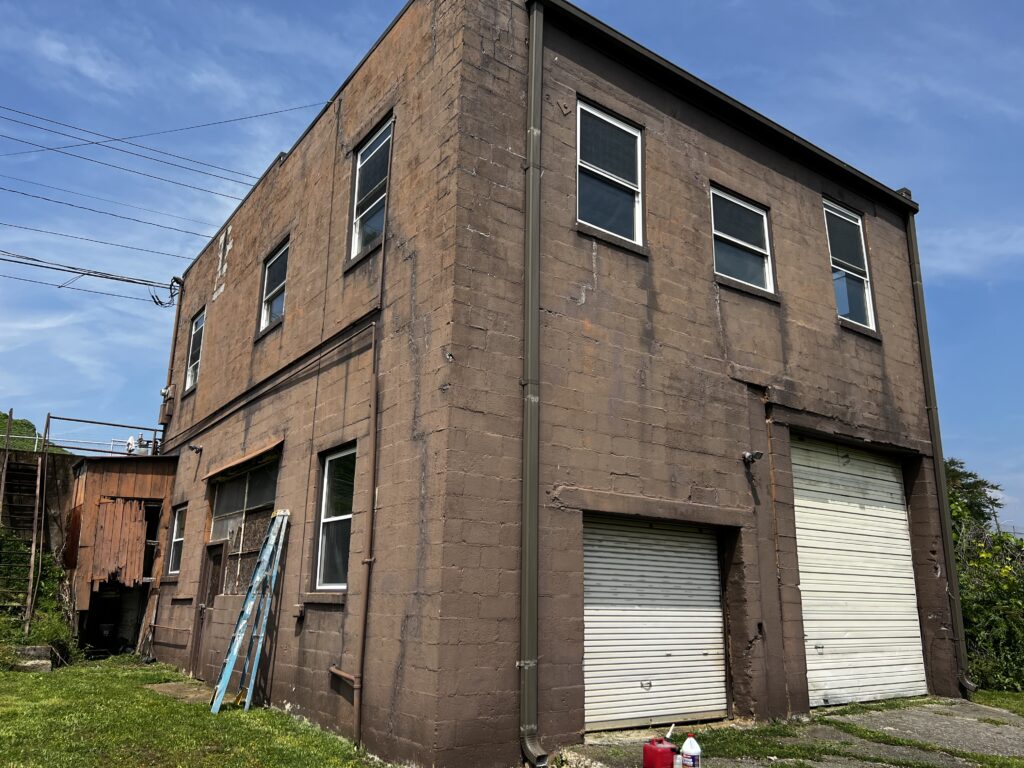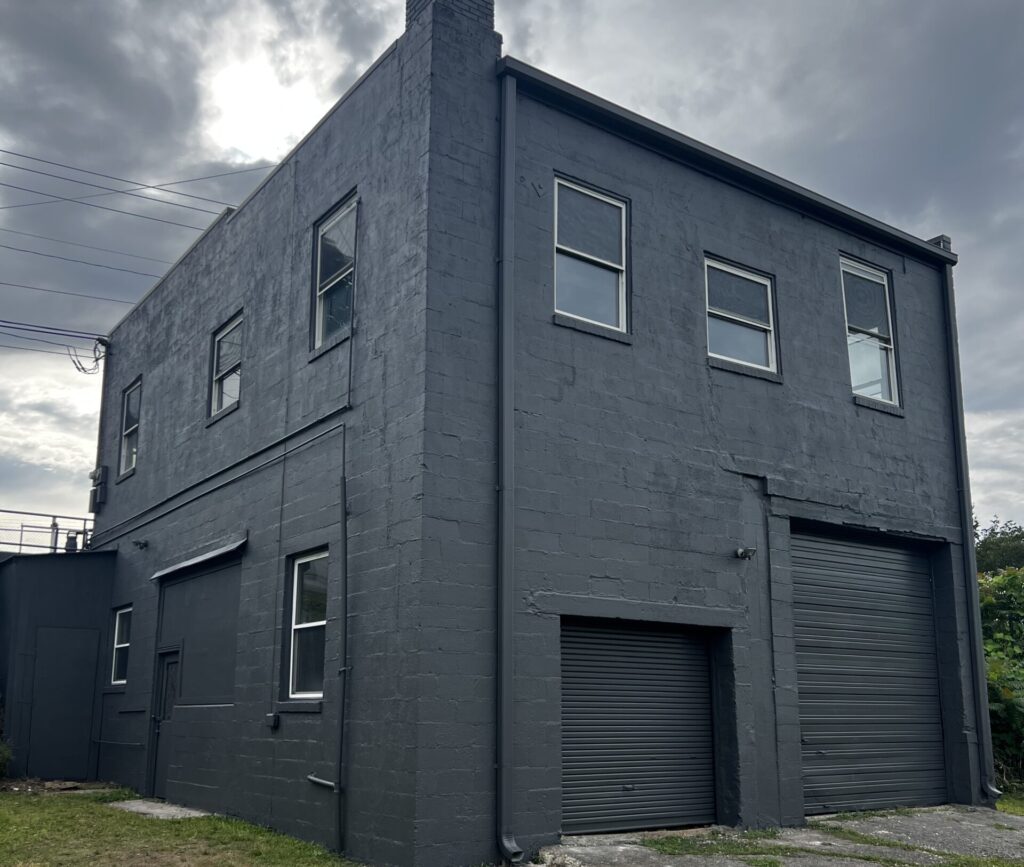Surface Prep: A Professional Painter’s How to


Quick Guide to Surface Prep as a Professional Painters
1.Scrape and Sand Your Surface (150 Grit)
2.Perform Cosmetic Repairs
3. Sand or Smooth Out Repairs
4.Prime Repairs With Appropriate Primer
5. Apply 1st Coat of Paint
6. Sand and Dust (in between coats)
7. Apply Final Coat(s)
Interior Painting is not rocket science but a simple process you can follow to ensure you get a professional finish every time. The quality of paint finish all boils down to one thing. Surface Prep. When done right, proper surface prep can boost even the simplest painting project to a ere’s how you can impress your family and friends with your next DIY bedroom painting.
Step 1: Sand the surface you intent to paint
Start by sanding the surface you’ll be painting. Sanding helps to remove any rough spots, bumps, or ridges that could interfere with the paint’s adhesion. Use a sanding block or sandpaper to smooth out any imperfections, for this step you may want to use a lower grit sanding paper or block as the more coarse sanding paper will really help get rid of those pesky bits and pieces of debris that make your walls rough.
Step To: Repairing Imperfections
Pro Tip
Use a flashlight at an angle on your surface, to show those hard to see blemishes.
After sanding, inspect the surface for any holes, dents, or scuffs. Use a spackling compound or wood filler to fill in any imperfections. Use a five-20 min spackling compound for drywall repairs to speed up the process. Wait for repairs to dry and sand only the repairs. Sand around the edges of the patch, removing the edges, then lightly sand the center of the patch to a smooth feel, you’ll know when you’ve sanded enough when you can feel a smooth surface.
Step 3: Clean your surface (in between sanding and painting)
Once the surface is smooth and free of imperfections, it’s time to clean it. Use a duster to remove dust from trim, a vacuum to remove debris from ground, and a rag to remove dust from walls. Any leftover dust or debris can affect the paint’s adhesion and lead to a poor finish.
Step 4: Prime Patched Surfaces
If you’ve patched any holes or dents, it’s important to prime those areas before painting. Use a universal primer to prime the wall surface that was patched. At this point in our process if your
Related Posts
How to Tell If Your Home’s Siding Needs to Be Replaced
Siding exteriors are the single most important barrier between your home’s interior and the exterior elements, maintaining energy efficiency, and
Hiring Professional Painters vs. DIY Exterior Painting: Pros and Cons
When it comes to giving your home a fresh, new look, few things make as big of an impact as
